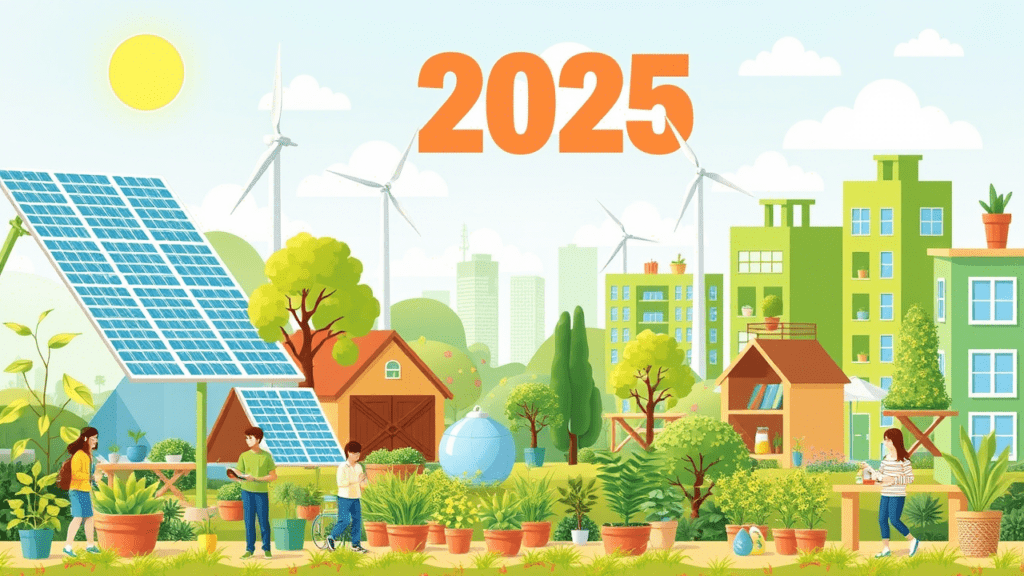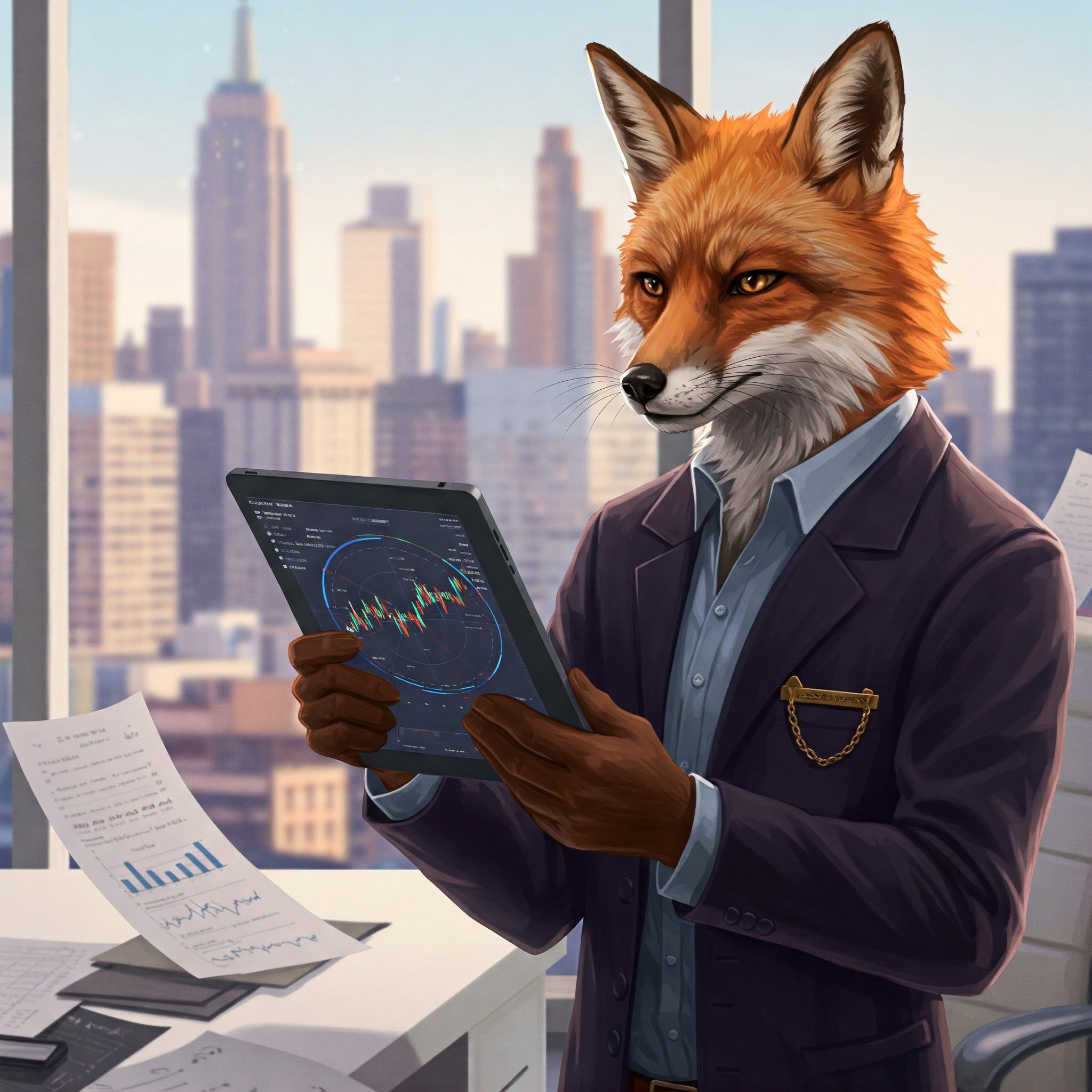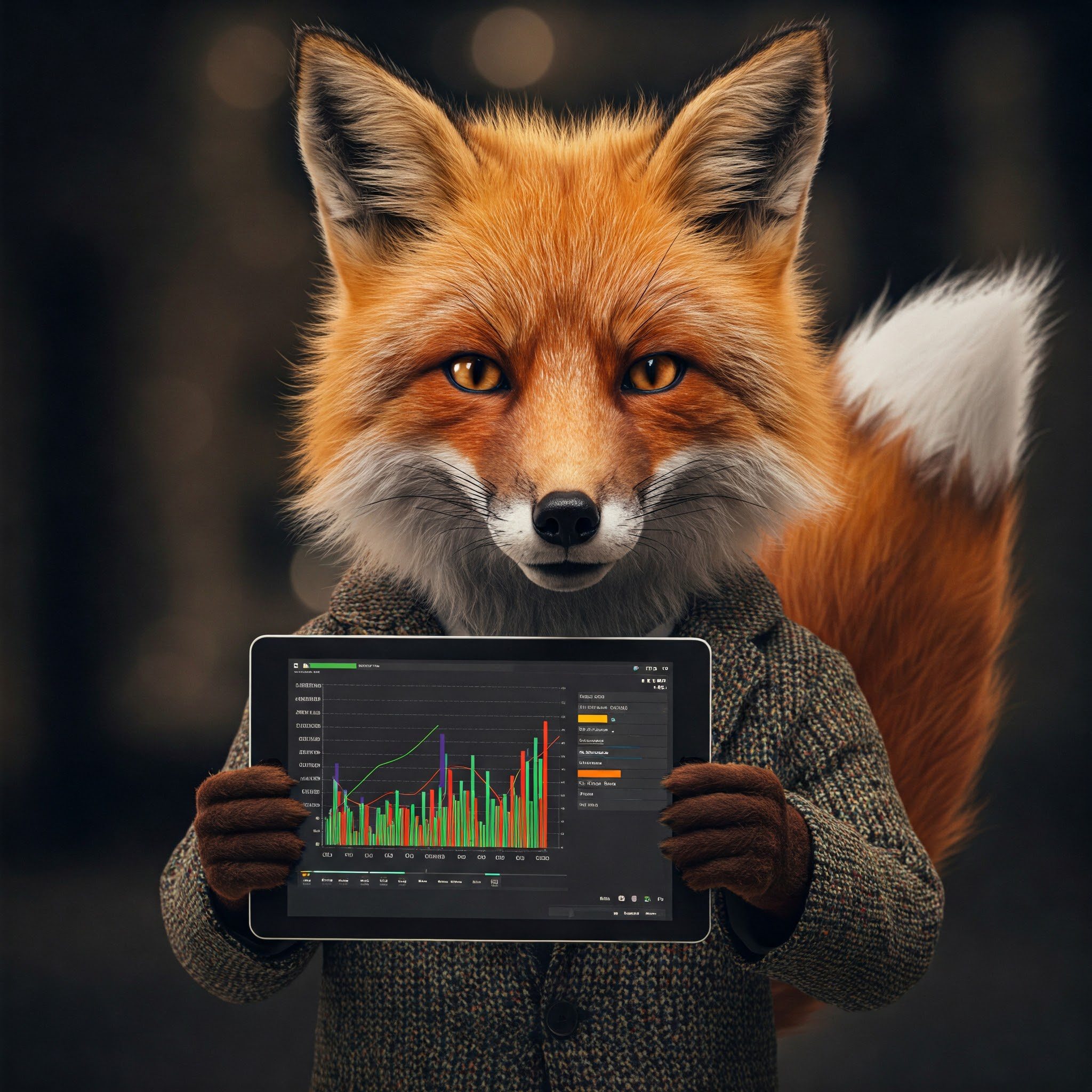As we move through 2025, the urgency to adopt sustainable living practices has never been more apparent. Climate change, resource depletion, and environmental degradation are pressing issues that demand immediate attention. Fortunately, there are several emerging trends that offer hope for a greener future. This article explores the top sustainable living trends of 2025 and how they are reshaping our world.
Introduction to Sustainable Living
Sustainable living is about making conscious choices that reduce our environmental impact and promote the well-being of future generations. It encompasses various aspects of our lives, from the food we eat to the energy we use and the products we consume. By embracing sustainable living, we can contribute to a healthier planet and a more equitable society.
Top Sustainable Living Trends in 2025
1. Renewable Energy Adoption
The shift towards renewable energy sources is accelerating. Solar, wind, and hydro power are becoming more accessible and affordable. Governments and corporations are investing heavily in renewable energy projects, aiming to reduce carbon emissions and dependence on fossil fuels.
- Solar Power: Innovations in solar technology are making it easier for homeowners to generate their own electricity. Community solar projects are also gaining traction, allowing individuals to benefit from solar energy even if they can’t install panels on their own property .
- Wind Energy: Offshore wind farms are expanding, harnessing the power of wind to generate clean energy. Advances in turbine technology are improving efficiency and reducing costs .
2. Sustainable Fashion
The fashion industry is one of the most polluting industries globally. However, there is a growing movement towards sustainable fashion practices.
- Second-Hand Clothing: The second-hand clothing market is booming. Platforms like Vinted are making it easier for consumers to buy and sell used clothing, reducing textile waste .
- Eco-Friendly Materials: Brands are increasingly using eco-friendly materials like organic cotton, recycled polyester, and innovative fabrics made from renewable resources. Bamboo clothing, for instance, is becoming more popular due to its sustainability and comfort .
3. Circular Economy
The circular economy model aims to eliminate waste and the continual use of resources. Products are designed to be reused, repaired, and recycled, extending their lifecycle and reducing environmental impact.
- Product Design: Companies are focusing on designing products that can be easily disassembled and recycled. This approach reduces waste and conserves resources .
- Waste Management: Innovative waste management solutions are being developed to convert waste into valuable resources. For example, food waste is being used to produce biogas, which can be used as a renewable energy source .
4. Sustainable Agriculture
Agriculture plays a crucial role in feeding the world’s population, but it also contributes significantly to greenhouse gas emissions. Sustainable agriculture practices are essential for mitigating climate change and ensuring food security.
- Regenerative Agriculture: This approach focuses on rebuilding soil health and restoring ecosystems. Practices like crop rotation, cover cropping, and reduced tillage help sequester carbon and improve soil fertility .
- Vertical Farming: Vertical farms use controlled environments to grow crops in stacked layers, reducing water usage and eliminating the need for pesticides. This method is particularly suitable for urban areas where land is scarce .
5. Electric Vehicles (EVs)
The automotive industry is undergoing a significant transformation with the rise of electric vehicles. EVs offer a cleaner alternative to traditional internal combustion engine vehicles, reducing air pollution and greenhouse gas emissions.
- Increased Adoption: More consumers are choosing electric vehicles due to advancements in battery technology, increased charging infrastructure, and government incentives .
- Luxury EVs: Even luxury brands like Bentley are embracing the electric revolution, with plans to release all-electric models in the coming years .
6. Sustainable Packaging
Packaging waste is a major environmental concern. Innovations in sustainable packaging are helping to reduce waste and promote a circular economy.
- Biodegradable Materials: Biodegradable and compostable materials are being used to create packaging that breaks down naturally, reducing waste in landfills .
- Refillable Containers: Brands are adopting refillable container models, allowing consumers to refill products instead of purchasing new ones. This approach reduces packaging waste and encourages sustainable consumption habits .
7. Water Conservation
Water scarcity is a growing concern due to climate change and increasing demand. Sustainable water management practices are essential for ensuring water security.
- Rainwater Harvesting: Collecting and storing rainwater for later use is an effective way to conserve water. This practice is becoming more common in residential and commercial buildings .
- Efficient Irrigation: Smart irrigation systems use sensors and data analytics to optimize water usage in agriculture, reducing waste and improving crop yields .
8. Sustainable Building Practices
The construction industry is adopting sustainable building practices to reduce its environmental impact. Green buildings are designed to be energy-efficient, use sustainable materials, and minimize waste.
- Green Roofs: Green roofs are covered with vegetation, providing insulation, absorbing rainwater, and promoting biodiversity. They also help to reduce the urban heat island effect .
- Energy-Efficient Design: Buildings are being designed with energy-efficient features like double-glazed windows, insulation, and smart heating and cooling systems to reduce energy consumption .
9. Corporate Sustainability
Companies are increasingly recognizing the importance of sustainability in their operations. Corporate sustainability initiatives focus on reducing environmental impact, promoting social responsibility, and ensuring long-term economic viability.
- Sustainability Reporting: Companies are adopting transparent sustainability reporting practices to communicate their environmental, social, and governance (ESG) performance to stakeholders. This trend is driven by regulatory requirements and investor demand .
- Supply Chain Transparency: Businesses are focusing on improving transparency and ethical sourcing in their supply chains. This includes tracing materials back to sustainable sources and ensuring fair labor practices .
10. Consumer Awareness and Activism
Consumers are becoming more aware of the environmental impact of their purchasing decisions. This awareness is driving demand for sustainable products and practices.
- Eco-Conscious Consumers: More consumers are choosing products based on their environmental credentials. They are looking for certifications and labels that indicate sustainable practices .
- Activism: Consumers are also becoming more vocal about their expectations for corporate sustainability. Social media campaigns and boycotts are being used to hold companies accountable for their environmental impact .
Implementing Sustainable Living Practices
Step 1: Educate Yourself
Learn about the environmental challenges we face and the solutions available. Stay informed about the latest sustainable living trends and how you can contribute.
Step 2: Make Small Changes
Start with small, manageable changes in your daily life. For example, reduce plastic use, conserve water, and choose energy-efficient products.
Step 3: Support Sustainable Brands
Choose brands that prioritize sustainability in their operations and products. Look for certifications and labels that indicate eco-friendly practices.
Step 4: Advocate for Change
Use your voice to advocate for sustainable policies and practices. Engage with your community, support environmental organizations, and participate in activism.
Conclusion
The sustainable living trends of 2025 offer a glimpse into a greener future. By embracing these trends, we can reduce our environmental impact, promote social responsibility, and ensure a better world for future generations. The journey towards sustainability requires collective effort, innovation, and a commitment to making conscious choices. Together, we can create a more sustainable and resilient world.





